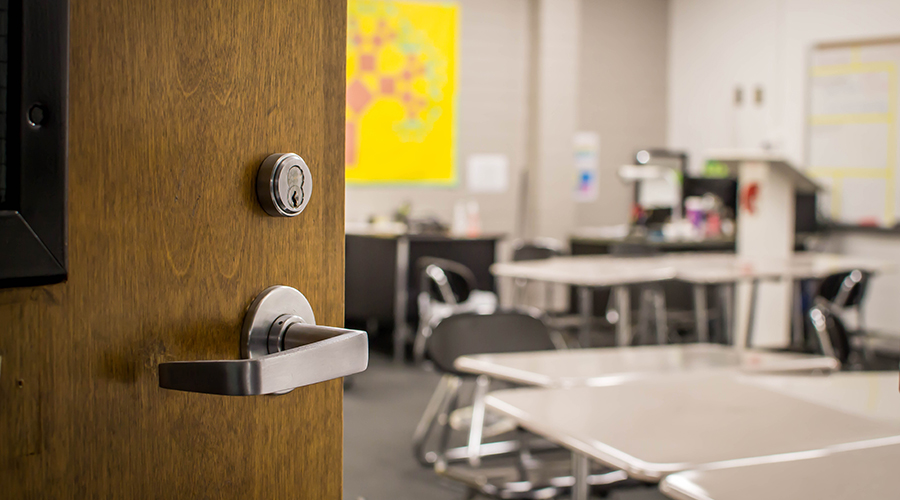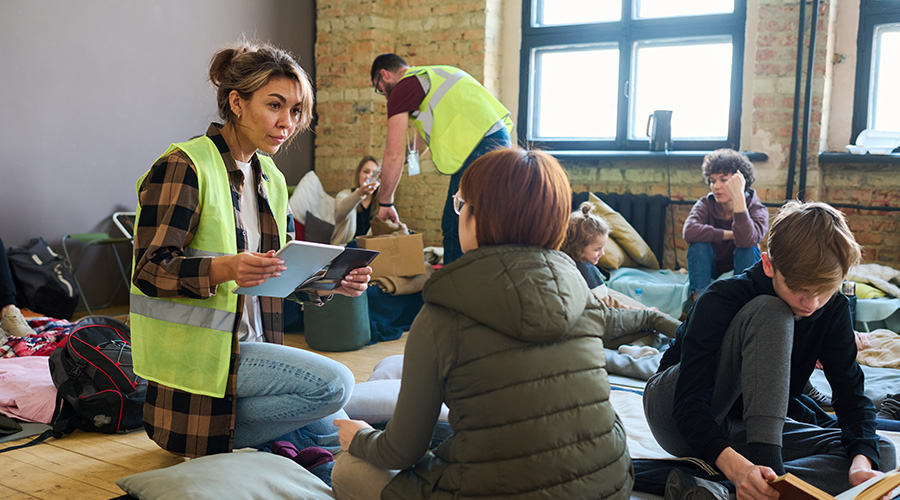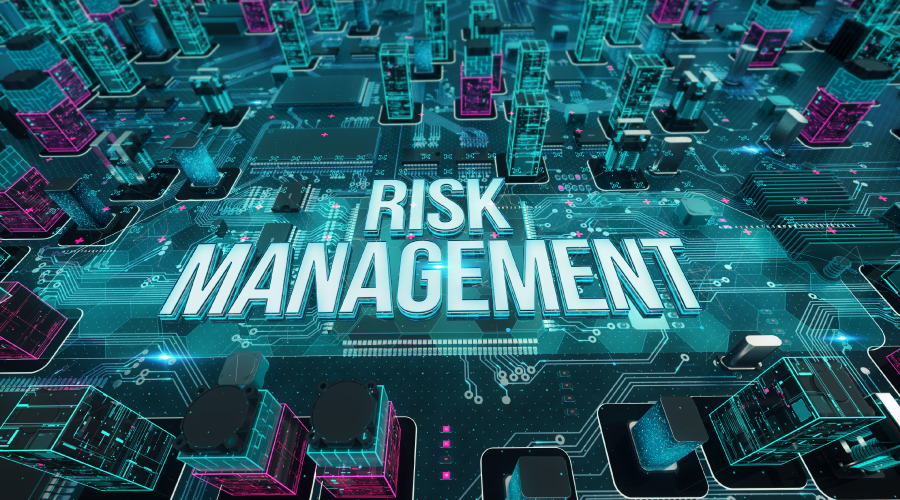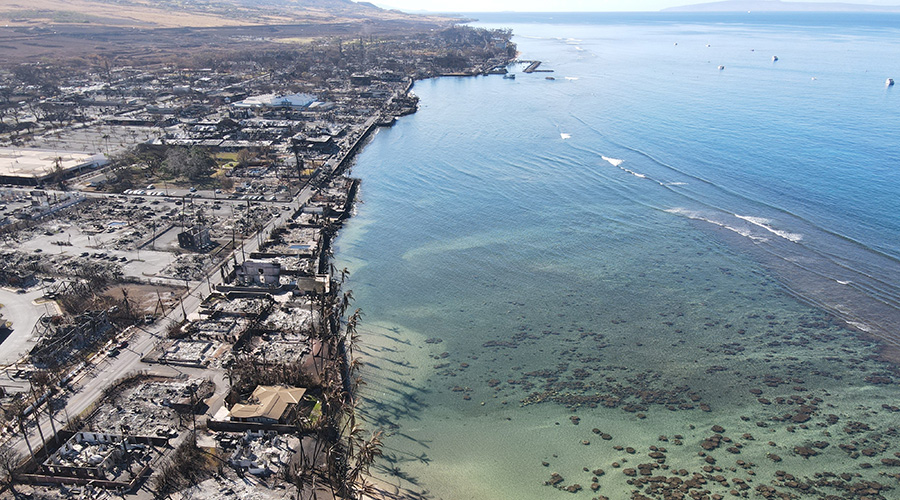LEED v5 Requires Climate Resilience Assessments
To help building owners understand and manage their risk exposure following a natural disaster, the USGBC has emphasized resilience in its latest building certification program.
To help building owners understand and manage their risk exposure following a natural disaster, the U.S. Green Building Council (USGBC) has emphasized resilience in its latest building certification program.
"The new LEED rating system – LEED v5 – has introduced mandatory climate resilience assessments for all projects, recognizing that resilience must account for human, ecological and operational systems to ensure long-term adaptability in the face of climate change and unpredictable disruptions," says Karema Seliem, associate director in the LEED Technical Development Department at the USGBC. “Resilience is vital for the built environment because it ensures that buildings and homes are better equipped to withstand, recover from and adapt to natural events.”
Similarly, the USRC created building rating systems for earthquakes and wind hazards. These systems assign a score of one to five stars for three building performance measures: safety, damage (repair cost), and recovery (time to regain essential function).
“Our rating system builds on the model of the popular USGBC LEED ratings but addresses aspects of building performance that are of critical importance for the resilience of businesses and the communities where people live and work, including: the supporting structure, mechanical, electrical and plumbing systems, and the architectural components such as cladding, windows, partitions, and ceilings," Reis says.
Resilience vs. sustainability
For years, the building industry has prioritized sustainable design, focusing on reducing a building's impact on nature by improving resource efficiency and using renewable and recyclable materials. In contrast, resilient building practices shift the focus to ensuring that buildings can withstand and recover from emergencies, emphasizing durability and functionality in the face of extreme weather and natural disasters.
“High-performance, highly energy-efficient buildings can also deliver resiliency capabilities,” says Alexi Miller, director of building innovation with the New Buildings Institute. “Even things as simple as increased insulation and better air sealing improve a building’s passive survivability and its capability to remain habitable during power outages. A better-insulated building with lower power demands can endure an emergency situation like a power outage for longer.”
Resilient structures enhance sustainability by reducing waste, resource consumption and repair needs while promoting energy efficiency and renewable materials. They also ensure continuity for critical facilities, including hospitals and emergency centers, through redundancy and backup systems, supporting disaster response and recovery.
“Resiliency is all about bouncing back – the ability to take a hit and being able to recover quickly,” says Hollice Stone, a member of the Design-Build Institute of America's professional advisory/engagement committee.
Stone, president of the safety and security design firm Stone Security Engineering, points to San Francisco’s Building Occupancy Resumption Program (BORP) as an example of how pre-planning can speed recovery efforts. This program enables building owners to pre-certify and schedule private post-earthquake inspections, speeding up occupancy approvals after a disaster.
“Prior to a catastrophe, facilities work with approved, licensed engineers to create detailed post-disaster inspection plans specific to their building, including potential damage scenarios and procedures for rapid evaluation,” Stone says. “Following a disaster, engineers with approved BORP plans can quickly assess buildings and issue occupancy permits based on their pre-established criteria.”
The high perceived cost of facility upgrades likely prevents many facility executives from incorporating weather and disaster-resilient building practices and engineering technologies. But perceptions in the case of resilience might overshadow the reality of costs.
“Builders often invest significantly more in upgraded fixtures and finishes — such as marble, upscale lighting, premium flooring, and decorative elements — than in resilient building technologies, which typically increase the cost of a new build by just 1 percent when integrated during the conceptual or planning stages,” Reis says.
Joel Williams is a freelance writer based in Frankfort, Illinois.
Related Topics:













